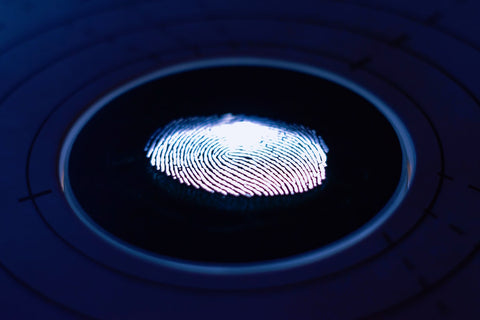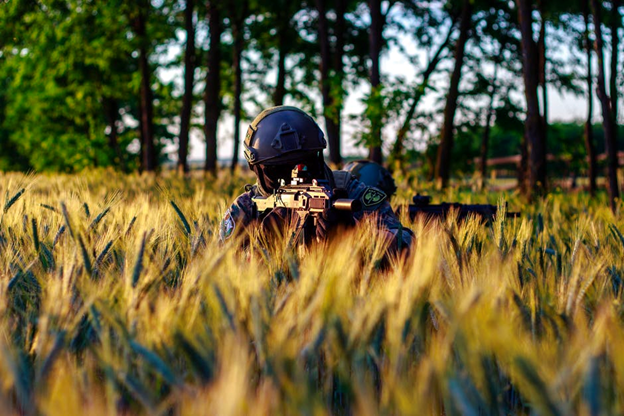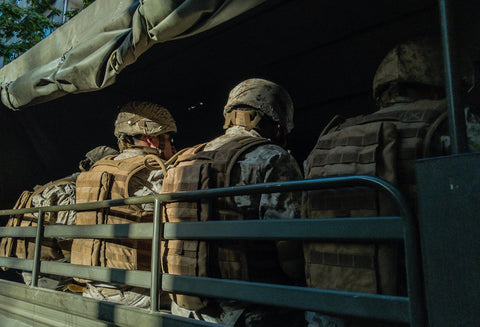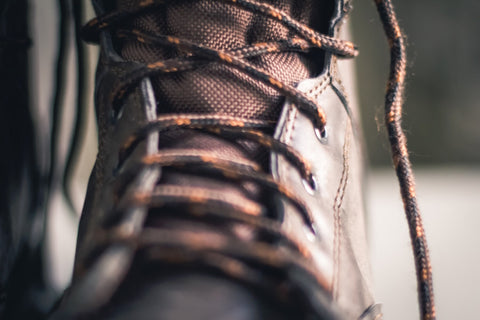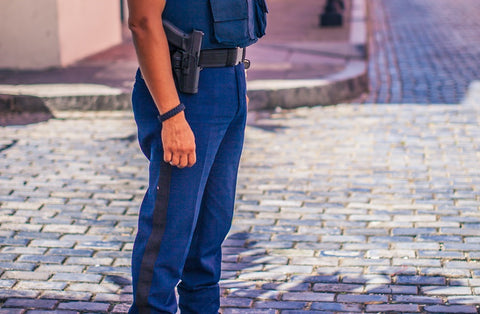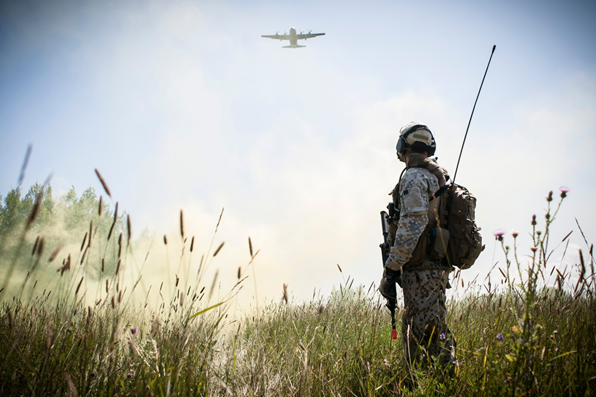The Truth About Collecting Fingerprints

Is It True That Two People Can’t Share the Same Fingerprints?
One of the forensic strategies most commonly drawn upon is the collection of fingerprints. Professionals like police officers and detectives often collect fingerprints as part of proper protocol. Books, movies, and TV shows might have you thinking certain beliefs about the process – but how does it really work? Read below to learn about how fingerprints are actually collected, and how much power they really hold.
When Did Fingerprint Collection Make Its Debut?
It’s hard to pinpoint fingerprint evidence as a singular invention – that’s because many societies throughout history have used some form of it. The earliest version of fingerprint evidence was likely in 200 B.C., according to Chinese records.
In 1877, an American microscopist named Thomas Taylor speculated that fingerprints could be used to solve crimes – this is what many believe is the beginning of modern fingerprint collection.
Is It True That No Two People Have The Same Fingerprints?
Yes, it’s true. There is no evidence of two people having the same fingerprint pattern. Even identical twins have different fingerprints!
Types of Fingerprints
There are plenty of fingerprint patterns, but most experts categorize them into 8 types. Learn about these types below.
Arches
Arched fingerprints are defined by a mountain-shaped imprint in the fingertip. There are two kinds of arches:
- Plain arch: continuous arch from left to right
- Tented arch: arch lies in centre of the finger
Loops
Looped fingerprints are defined by long shapes that form a curve. They are not to be confused with whorls, which contain small, complete circles. There are three kinds of loops:
- Ulnar loop: pattern follows the direction of the ulna bone
- Radial loop: pattern follows the little finger from the thumb
- Double loop: pattern has two distinct trajectories
Whorls
Whorled fingerprints are defined by their round patterns that contain a small, complete circle. There are three kinds of whorls:
- Plain whorl: small circle is surrounded by a pattern that is circular
- Central pocket loop whorl: small circle is surrounded by a pattern that is oval-shaped or spiral
- Accidental whorl: small circle is surrounded by an abstract pattern
How Fingerprints are Collected
Have you ever wondered how a small pattern on your finger could possibly lead to closing a criminal case? Read below to learn the steps that forensic experts follow.
Fingerprints Form on Surfaces
Before we explain how fingerprints are collected, let’s answer one burning question that you likely have: how do fingerprints remain on surfaces?
Usually, fingerprints appear because of their imprint on an existing material, like dirt or dust. Other times, they come from oil or sweat from the human body. They can last for decades, making them useful for solving crimes both new and old.
Photograph and/or Dusting
Before fingerprints can be examined, they must be collected. There are two common methods to do this. Forensic professionals will often use high-quality lighting and camera equipment to photograph the print. They may also recreate the print using a film – this is called dusting.
Alternate Light Source
Often, fingerprints are not visible in regular light. That’s why forensic experts use special light tools to make the fingerprints easier to use. Specifically, these are either camera filters or sheets that bounce off the camera and allow the prints to become visible.
Cyanoacrylate
Cyanoacrylate is a type of super glue that creates gas when heated up. This gas is particularly effective for revealing fingerprints because it makes sweat and body oil more visible. It also locks the fingerprint into place.
Chemical Developers
Some chemicals are used to help make fingerprints more visible. These often interact with the oils found in the prints to make them turn a certain colour or present more visibly before being photographed.
Analysis
Before a fingerprint can be used as evidence, it must be studied to ensure that its quality is high enough to be used. At this stage, forensic experts must determine whether the print found would actually be comparable to a print collected directly from a suspect’s finger.
Comparison
At this stage, an analyst compares the found fingerprint with the suspect’s fingerprint. Ultimately, they will need to match to be used as evidence in court.
Evaluation
At this stage, the analyst determines whether the prints are actually from the same source. Results must be conclusive in order to be used as evidence in court.
Verification
At this stage, a different analyst independently repeats the prior steps to verify the results found by the other analyst. With multiple checks proving the same results, it’s pretty clear when fingerprints are conclusive.
READ MORE: The History of Body Armour
Conclusion
At PSP Corp, we carry some of the highest-quality forensic gear around. Whether you’re looking for chemicals, printers, or safe storage, we have the right tools for every step of the job.
Check out our selection of fingerprint taking materials here.


